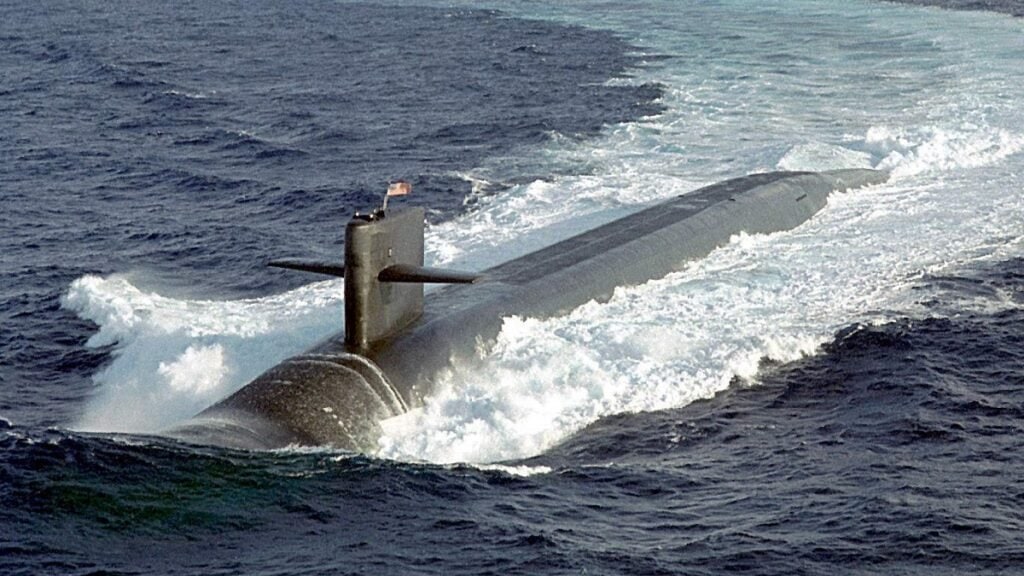A US Ohio-class nuclear-powered submarine carrying 20 Trident II intercontinental ballistic missiles and nuclear weapons has arrived in South Korea for the first time since 1981

It's finally happened. An American Ohio-class nuclear-powered submarine has sailed to the Republic of Korea. The Trident system submarine made its first visit to the country in more than four decades.
Here's What We Know
In late April 2023, with the signing of the "Washington Declaration", the US pledged to send an Ohio-class nuclear-powered submarine equipped with Trident II (D5) intercontinental ballistic missiles to the Republic of Korea. Almost three months later, the submarine arrived on the Korean peninsula.
This information was officially confirmed by White House spokesman Kurt Campbell. He did not specify which of the submarines made a historic visit to the Republic of Korea. But there aren't many options:
- USS Henry M. Jackson (SSBN-730);
- USS Alabama (SSBN-731);
- USS Alaska (SSBN-732);
- USS Nevada (SSBN-733);
- USS Tennessee (SSBN-734);
- USS Pennsylvania (SSBN-735);
- USS West Virginia (SSBN-736);
- USS Kentucky (SSBN-737);
- USS Maryland (SSBN-738);
- USS Nebraska (SSBN-739);
- USS Rhode Island (SSBN-740);
- USS Maine (SSBN-741);
- USS Wyoming (SSBN-742);
- USS Louisiana (SSBN-743).

All 14 Ohio-class submarines can carry up to 20 Trident II missiles with eight nuclear warheads. The last time such subs were on the Korean Peninsula was in 1981. The first visit in 42 years was expected to take place on 27 July on the 70th anniversary of the Korean War Armistice Agreement.
The Ohio-class submarines are one part of the US military's nuclear triad. Trident II missiles, depending on the number of nuclear warheads, can hit targets at a maximum range of 7,500 kilometres to more than 12,000 kilometres.
Source: Reuters